|
Exploring the Township of Slano Just a quick hour's drive up the coast from Cavtat, a stone's throw from Dubrovnik, as if on the palms of hands put together serenly lies the township of Slano. I negotiated a left turn off the main road and continued dowhill, disregarding for the moment the street sign that spells and points to all one can see and do here, and decided to simply park and sit on the seaside bench adjecent to the Croatian Nobles Square situated at the very center of Slano's namesake bay - this picturesque inlet of the Adriatic here commanded by relief depictions of Starčević, Radić, Stepinac and Tuđman. I then let my mind stay quiet and blank and my site wonder where it may. I do this almost ritually upon ariving in a new place. Truth be told, I was not new to Slano, having visited it first via the writings of my great-great uncle - a grammar school teacher who taught for a couple of years here in Slano in the 19th century, and then a few times in person. But here in the context of now, with all its ebbs and flows and continually changing theme for its innumerable nuances, demanded that I respectfuly let my old friend Slano tell me its story anew. I tried and listened to the imbricating chorus of faint voices telling me of the eons past. I could hear them, yes, but this time it seemed that they spoke in the language only winds could understand. I had to rely on what I remembered of Slano's history; this panoramic piece of land had been inhabited since at least the neolithic; there is a variety of archeological proof of continuity of human civilization here; Slano and the whole of Primorje area (Terre Nuove) was sold by Bosnian king Ostoja to the Ragusan Republic (Dubrovnik) in 1399. The history since I find particularly interesting. Perhaps because it is rather well documented, researched and accessible and thus, coupled with this slow-pulsating surrounding, much closer, tangible, real. I bedimmed my thoughts again. From this venture point, with the hinter mountain chain out of site, my eye was drawn to the most serene bayside walking and biking paths that stretch on each side of its center, and to the pebbly beaches that lie beneath them and descend to sea at slight angle. And they beckoned, even on a somewhat cloudy day like this one. The curious glancing at the yacths in the marina toward east at Banje cove notwithstanding, my eye followed the thick colorful lines that got a bit darker as they led to the farthest baypoints where the green of trees and Mediterranean shrub surrendered to the grand gershwinian rapsody of Adriatic and sky blues with all its subtle everchanging and engaging rhytms. For a brief moment I caught myself wondering if I were only imagining seing the slow dance of the blues on the horizon. . . The distant chapel bell chimed. Its gentle sound swelled and diminished from somewhere up in the hills. Later, I'll have learned that was the sound of St. Ursula's bell. Seconds or minutes may have passed as I thoughtlessly continued to watch this live painting that kept drawing me in before I decided it was time to respect the local tradition and went and got some coffee at one of the nearby caffes. I noticed a fairly large group of biking enthusiasts - helmets, body-tight clothing and all – gather next to one of the beautiful big wooden boats and begin to board. Their big smiles told me they were either in marvelous shape, since that's what it takes to finish the whole miles-long path in one morning's stretch, or that they simply leasurely pedalled downhill from somewhere in close proximity, perhaps from their luxury suits at the nearby Hotel Ambassador, and were going to sail to the point where their biking was to begin. And then the well known feel of movens proper flowing in my veins compelled me to get up and come closer and into my old friend Slano's story. Its always picturesque, culturally imbued story speaks volumes leaving one in perennial awe, but only if one is able to interpret it fully, to really understand it. I figured I'd seek a bit of help and entered the Tourist Bureau, just steps away. The office was small but bright and welcoming as was the young lady that greeted me, in English first. After a brief introduction we continued in Croatian. Ana Vojvoda kindly proceeded to feed me any bits and pieces of info I needed to fill the gaps in my story, including the latest news. I learned that, aside from the private accommodations, visitors can choose to stay at the Hotel Ambassador, the only one operational in Slano until Hotel Osmine opens its doors again sometime in June. I also learned that stats are clearly showing more and more tourists choosing Slano as their vacation spot. No surprise there: discering modern travelers appreciate tranquil touch of suburbania and this one offers just the balance of rich cultural history and comfort, pristine nature and WiFi coverage they need, expect and value. She began to tell me of the cuisine I ought to try but I diverted the conversation. The wine & dine opportunites here are abundant, from the fast food that's pretty much the same the world over to the delightfully pleasing Mediterranean specialties surely pleasing to even the most discriminating of palates. Besides, my working day obligations demanded I end my brief excursion before lunchtime. I was quite pleased to learn of existence of a few ancient Slano churces that I somehow missed learning about before, and of the trail that connects archeological finds saturated with stečci – the medieval tombstones of particular historical significance that lie scattered throughout southern Dalmatia. And - natural product lovers to attention! - there is in vicinity the Honey House & Museum with a variety of completely natural bee honey products for sale. My schedule not permitting, the aforementioned explorations had to await another opportunity. Ana then pointed out that the Rector's Palace was now open to public and that I might enjoy visiting it. We chatted a bit more and than I thanked her and rushed down the coast passing the rest-benches and Franciscan monastery with St. Jerome's church and its adjecent Archeological Museum and someone's stunningly beautiful olive garden before the Gothic-Renaissance stone edifice, at once ancient and new, appeared fully visible before me. The Rector's PalaceWestern entrance to the Rector's Palace - Slano I stood on its lower terrace for a few moments feeling the history of the place and marveling at the view of the Bay of Slano and the surrounding land. Then I entered the old gate atop of which stands the statue of St. Blaise – the patron saint of the Ragusan Republic and, since its fall in 1808, the city of Dubrovnik, and was at once warmly greeted by museologist Vedrana Kristić and her collegue Ivo Pendo. We struck a brief conversations and Vedrana kindly offered to give me a tour of the place. Leading me through what I though was ancient building, Vedrana allowed me to learn anew of some important historical facts and finds, but also much more as she told anecdotes of this very place significant as both a standalone and contextual monument. Vedrana spoke of distant years and names with such ease and in such a vivid fashion that one would not be wrong to doubt whether she actually lived through those times together with them. As a history buff of sorts, I truly marveled at her knowledge and presentation style as she proceeded to cross disciplines in a logical and coherent manner and enliven them with so many interesting details that I almost immediately felt the Rector's palace become one huge stone-walled time-machine. . . A little note is due here. The palace was restored about a year ago. In fact, there are only three pieces of the original palace remaining: the statue of St. Blaise (sv. Vlaho) that stands above the entrance (the original is housed within the museum area while the copy is on display above the main entrance), the pillory within the courtyard (stup srama), and the inscription from the time of the first Rector Count Rafael di Gozze that embelishes the stoned door frame atop the entrance to the main chamber (saloča). Everything else one sees was rebuilt via the funding and careful supervision by the Society of Friends of Dubrovnik Antiques. Now, the original stone palace in the Gothic-Renaissance style was completed in 1447, which is confirmed by the inscription above the entrance to the Rector's chamber. The aforementioned Count Drago Rafael di Gozze was the first rector to reside there. It is worth noting that this palace was not truly a representative one of the many such palaces built by the Ragusan Republic. Namely, as soon as the Republic purchased this area from the Bosnian king Ostoja in 1399, its governing body realized its strategic defense location and as soon as possible replaced the provisional wooden building with the one alike the one we have today: fortified with sturdy walls inside which are the terraces, chambers, even the dungeons reserved for the unruly. The destruction of this beautiful palace was not suffered due to the passage of time or the acts of God alone, i.e. the great earthquaqe of 1667; it was burned during the Montenegrin aggression in 1806, then partly destroyed in the aftermath of the WW2 by the Yugoslav communists, and finally burned again by the Serbian aggressor waging war against the Republic of Croatia in 1991 (together with the most buildings in Slano). As Vedrana and I stood before the statue of St. Blase made c. 1440 by the Milanese artist Peter Marinov, and decapitated by the communists in the mid-1940s, I tried but failed to comprehend the depths of hate that must have prompted all the wanton destruction of life and cultural monuments this peaceful little place had to endure, even in the fairly recent past. Luckily, a district engineer Lorenzo Vitelleschi drew a detailed plan of the palace back in 1831, and this made it possible for the palace to be fully and precisely restored in May of 2017. As we walked along the short hallway, I noticed a roofed grave displayed next to the dungeons. I asked Vedrana if she could tell me a bit about it. I learned that there were nine ancient graves found here insofar and that, in fact, the palace itself was built on very top of the necropolis used for burials from 2nd to 6th century. This find was what put aside any doubt one may have had about the continuation of life in Slano between the Neolithic and the Christian times (around 7th century in Croatia). We then negotiated a stoned staircase and climbed up on the upper floor. Opposite the entrance to the Rector's chamber is the half-opened terrace with a commanding, majestic view of the harbor and more. Vedrana's crisp story sparked my imagination and for a moment or two I was sure I was seing the Slano's two 15th-century shipyards brimming with life and the fleet of 32 merchant ships scattered throughout the bay, their bows slowly nodding up and down on hardly perceptible waves as they awaited imminent departure to distant ports. View from the upper terrace, the Rector's Palace in Slano Vedrana's voice drew me back from my daydream. „Do you know how Slano got its name?“, she asked, and then continued to retell the legend. „Once upon the time Queen of Bosnia rode into town on her mare. As both the queen and the animal were thirsty from the long trip, she led the mare to the great water expanse. But the mare wouldn't drink. Perplexed, the queen kneeled down and grabbed a handful of water herself. As soon as she tasted it, she exclaimed, 'It's so salty, oh, so salty'“! (Slano is the Croatian word for salty). There you have it – ever since. We stood on the terrace a bit more as my eyes tried to imbibe all they could see, and I strived to discern the old, sweet sounds of Slano's chorus that issued and swelled and fainted and struck me now awake now dreaming through epochs through which they seem to slip through back and forth with ease of a spring breeze. It was as if Time itself here arose from the very womb of existence and conjoined the realities of then and now. Perhaps the eagles did not really meet at Delphi. Perhaps the omphalos of time superceedes the one of place. Perhaps they both intersect here in Slano. I vouched to explore this possibility the next time I visit. It will be soon. I can promise you that. I would like to thank Ana Vojvoda of the Tourist Bureau, Vedrana Kristić and Ivo Pendo of the Rector's Palace who kindly gave of their time to supplement me with information and the materials (brochures, photos, etc.) about Slano. Comments are closed.
|
Vinko Rožić
Born in Dubrovnik in 1973. Shortly after, his family moved to Cavtat. Spent the college years (and then some) in the US, mostly in NYC. Organizational behaviorist, HR L&D expert, published author, show-host (TV & radio), afficionado of water sports and tennis. Cavtatportal's editor-in-chief. Archives
June 2018
Tags
All
|


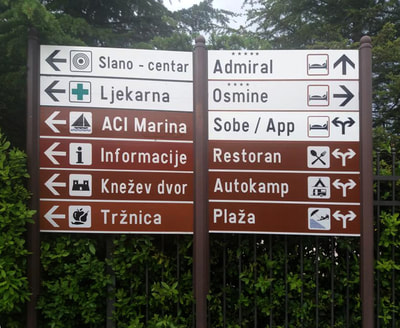
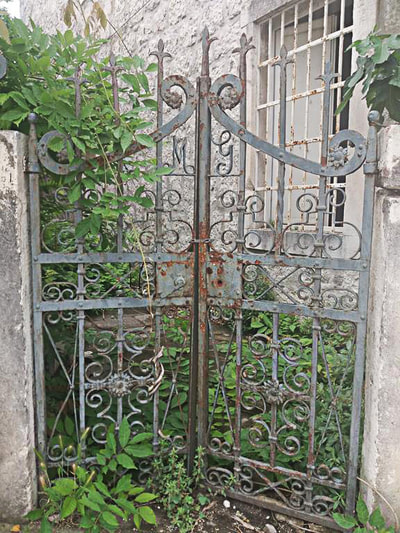
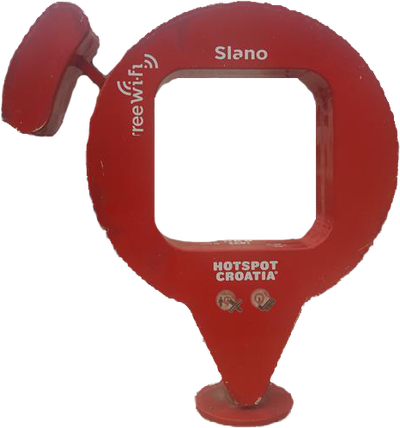
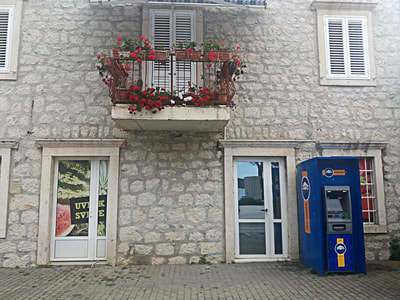
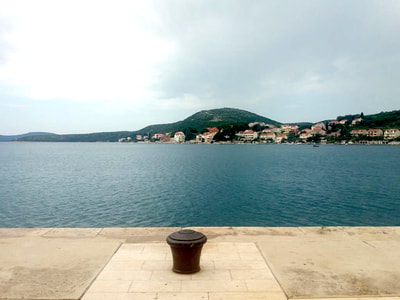
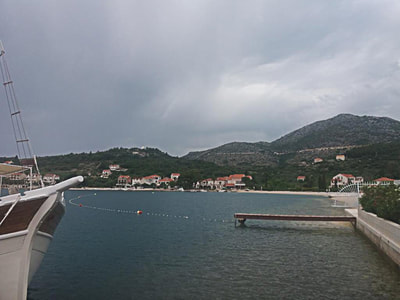
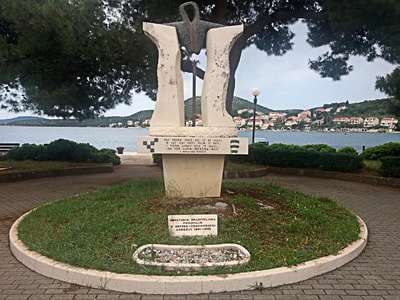
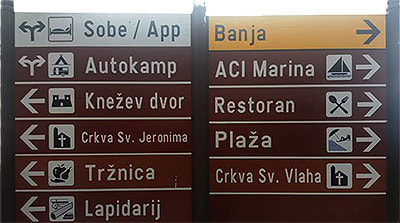
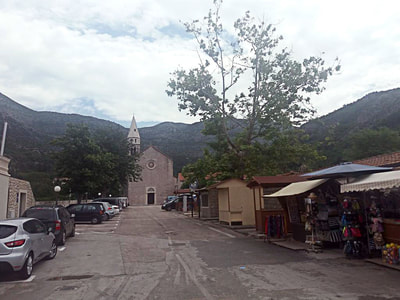
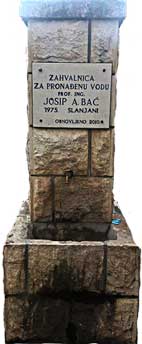
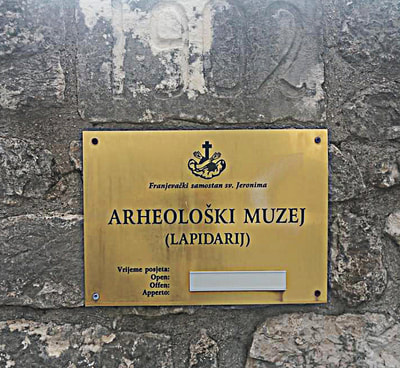
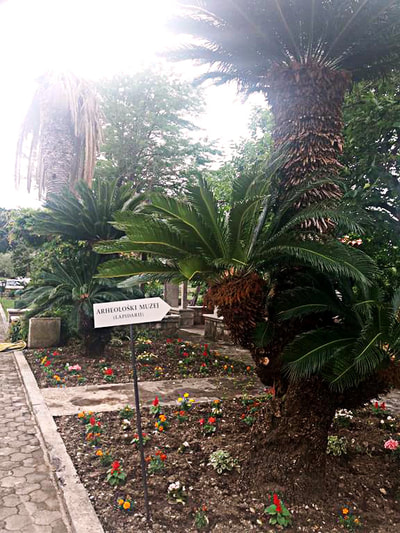
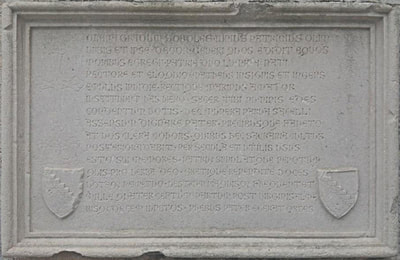
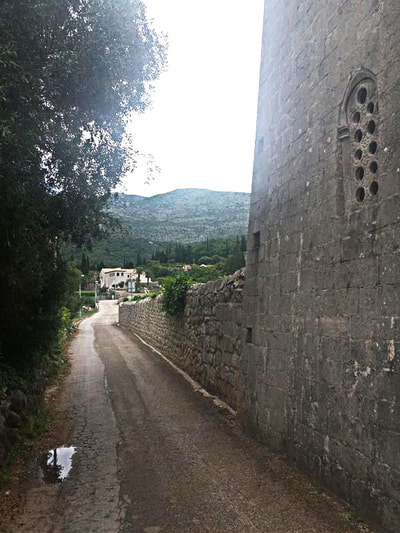
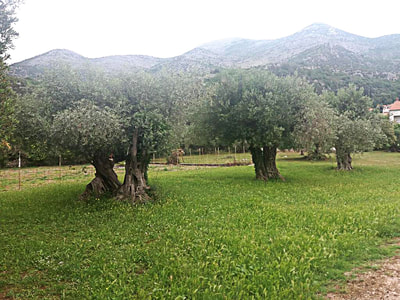
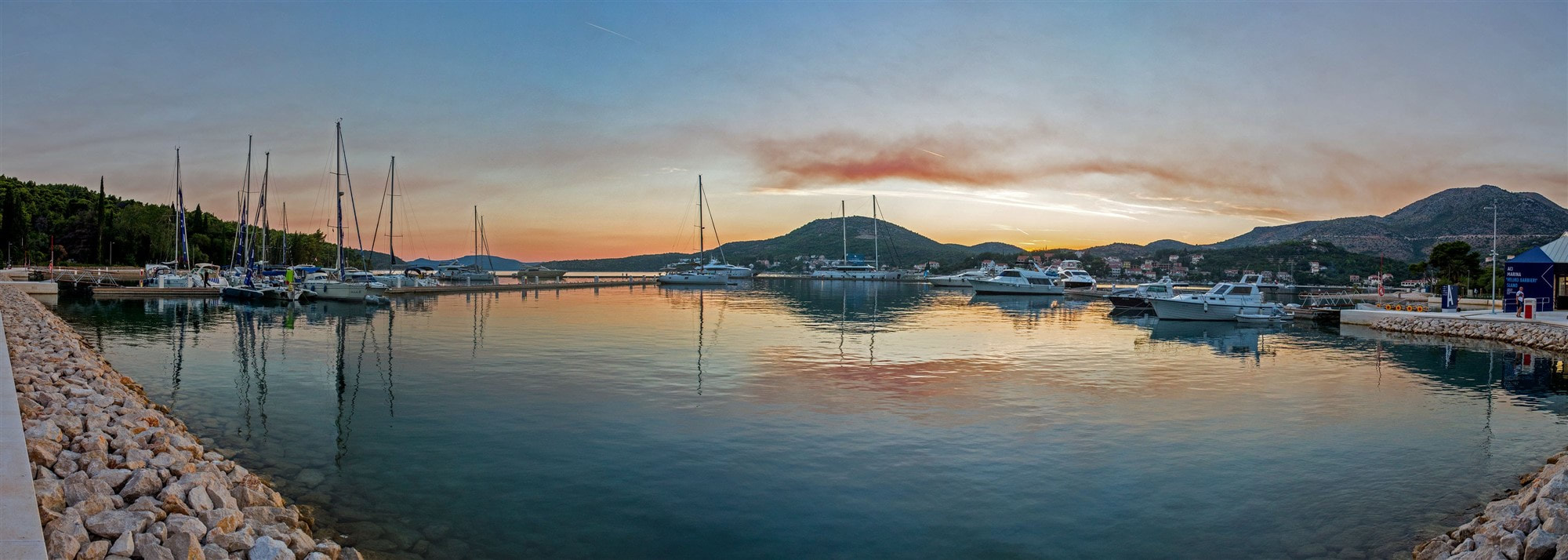
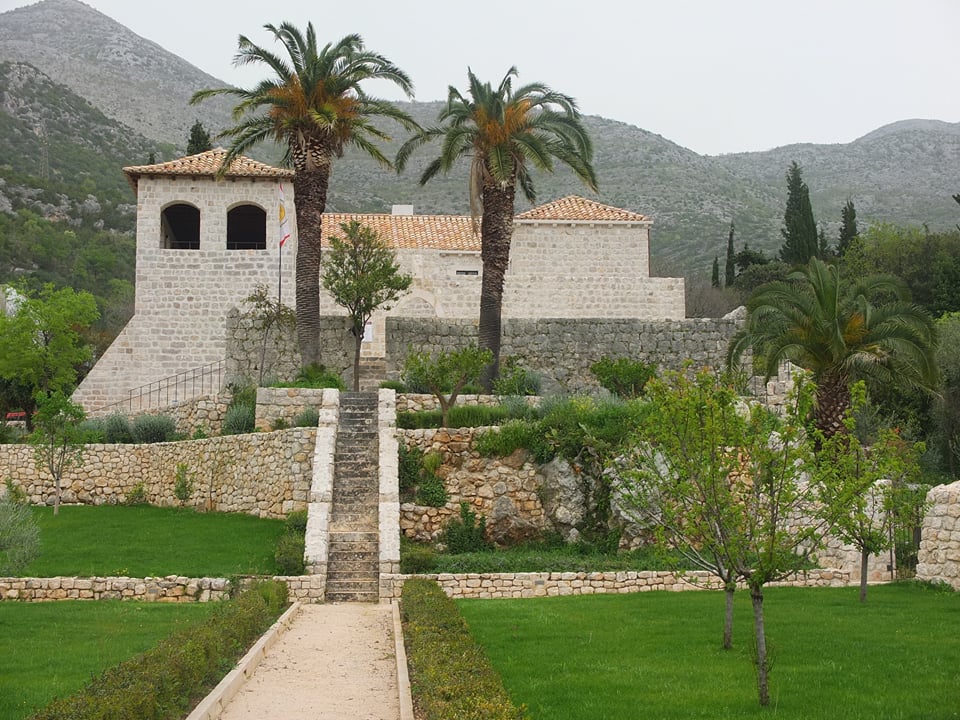
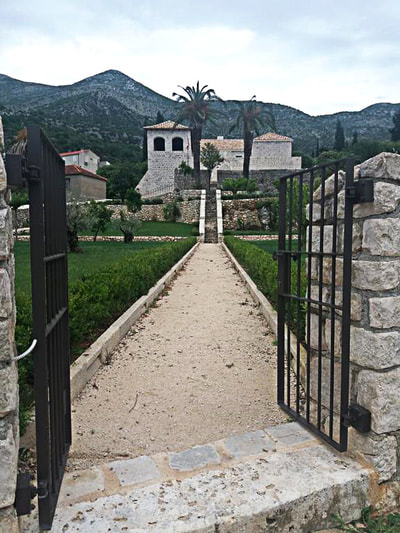
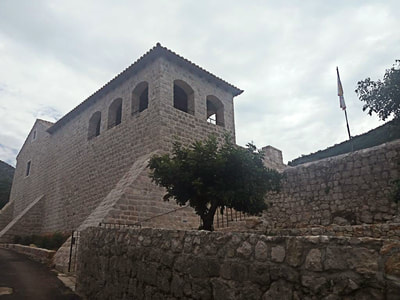
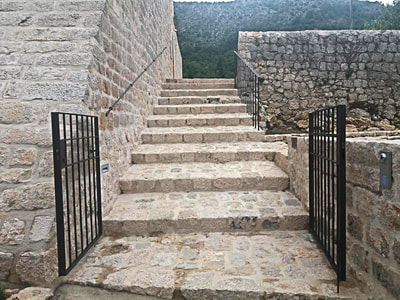
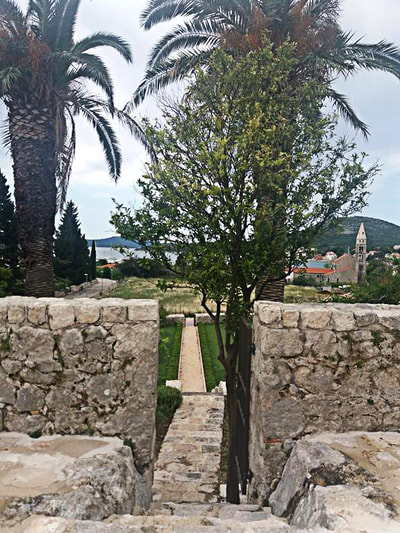
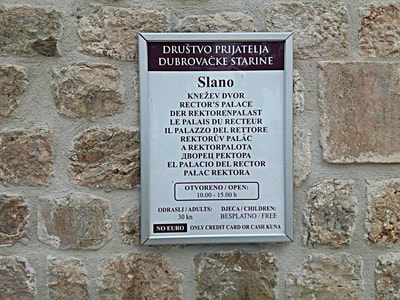
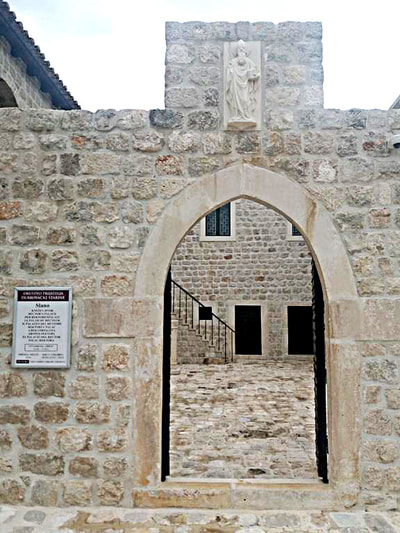
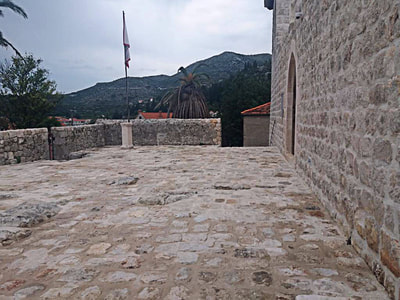
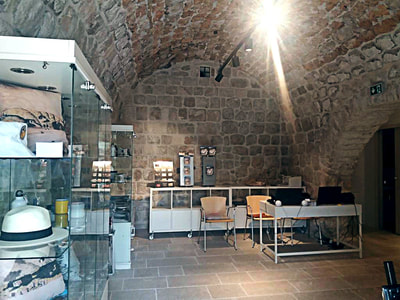
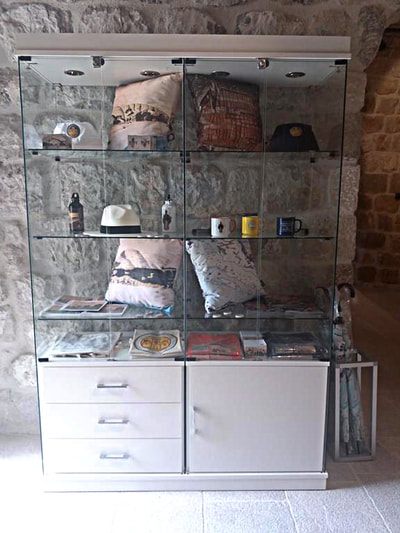
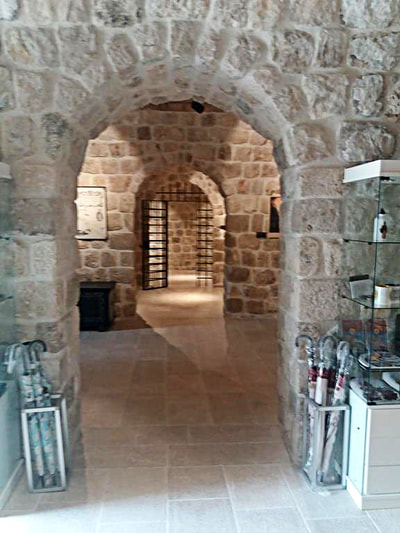
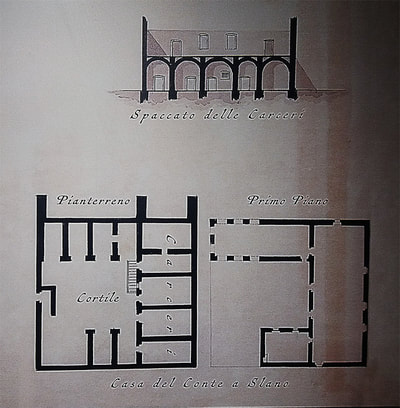
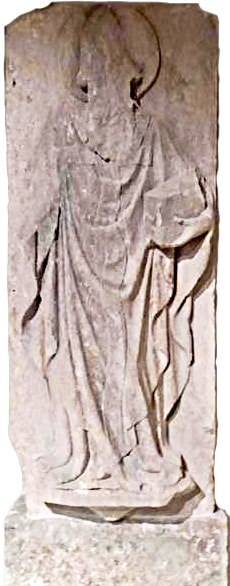
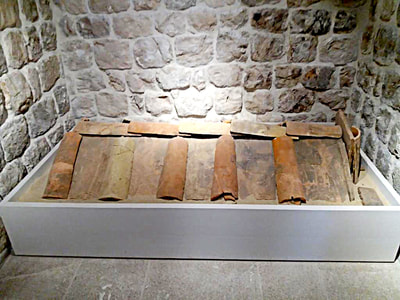
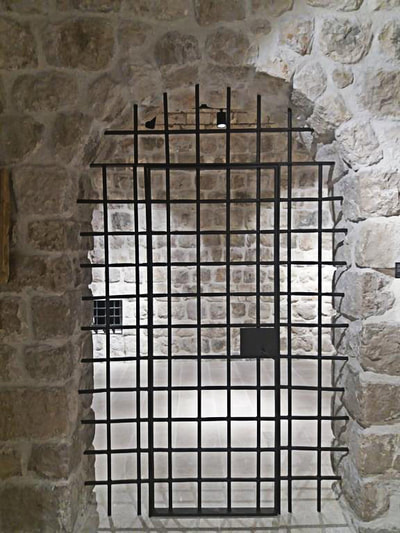
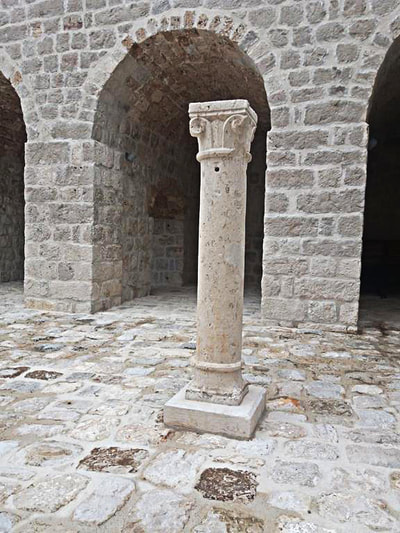
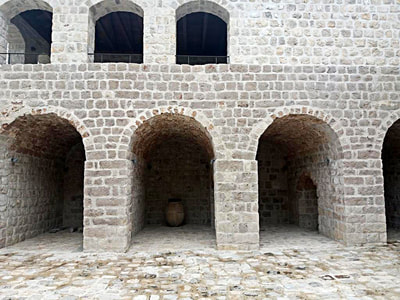
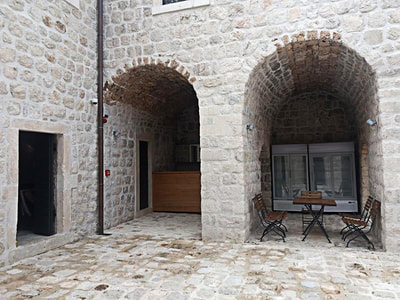
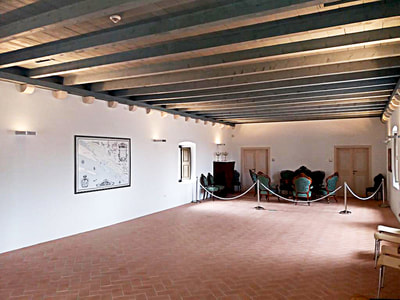
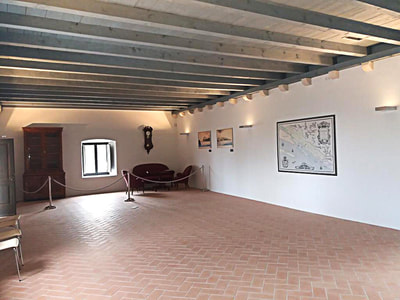
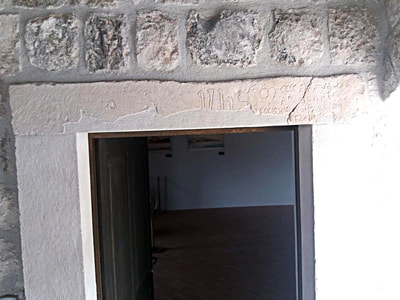

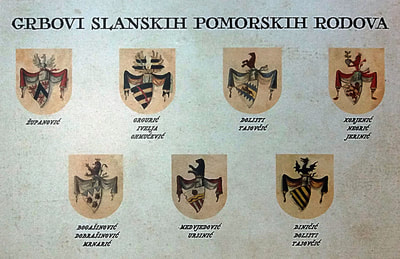
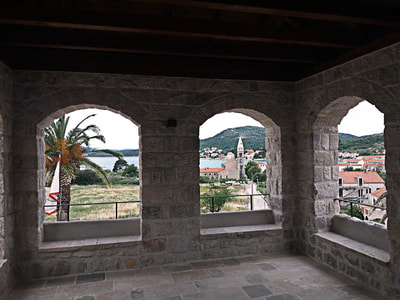
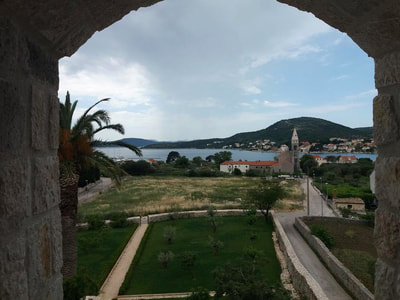
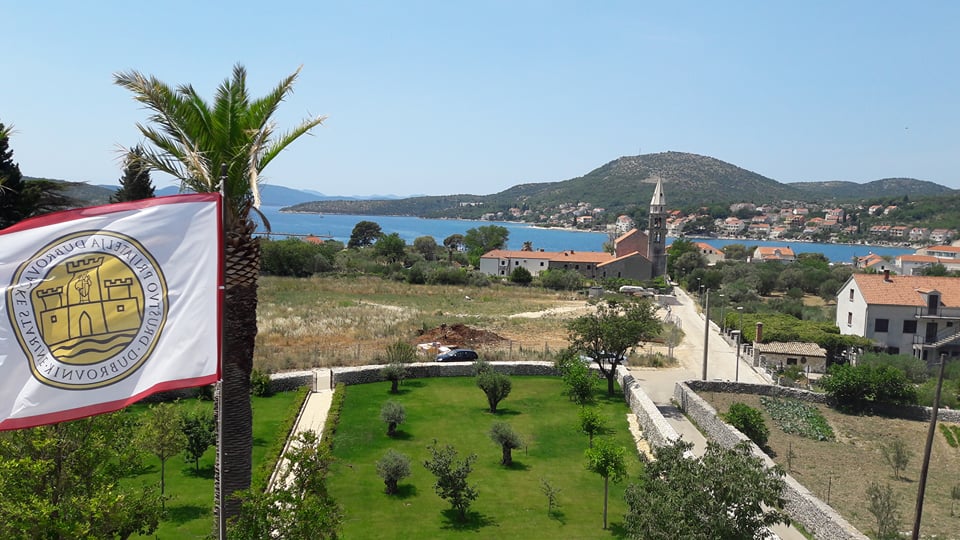

 RSS Feed
RSS Feed